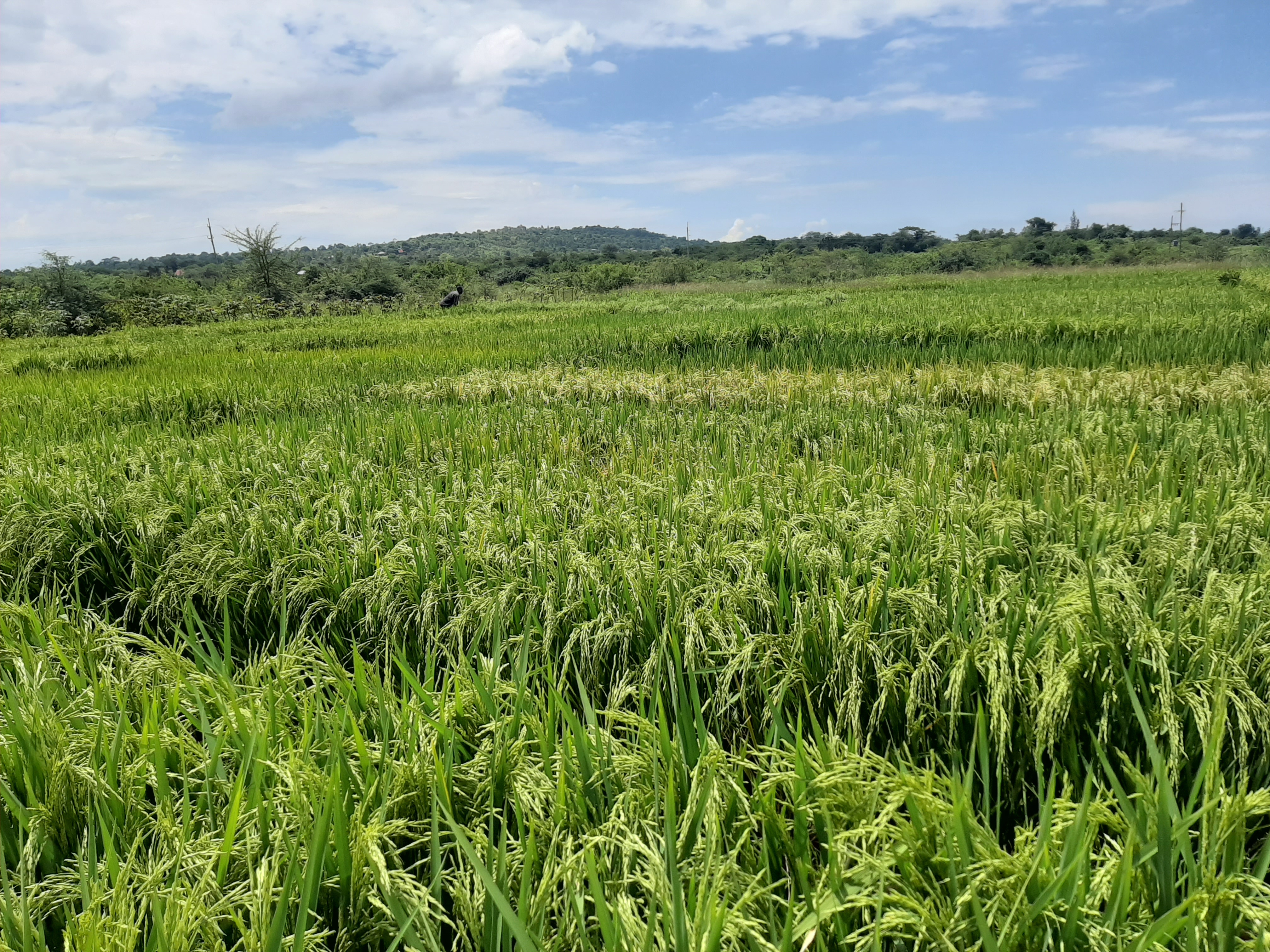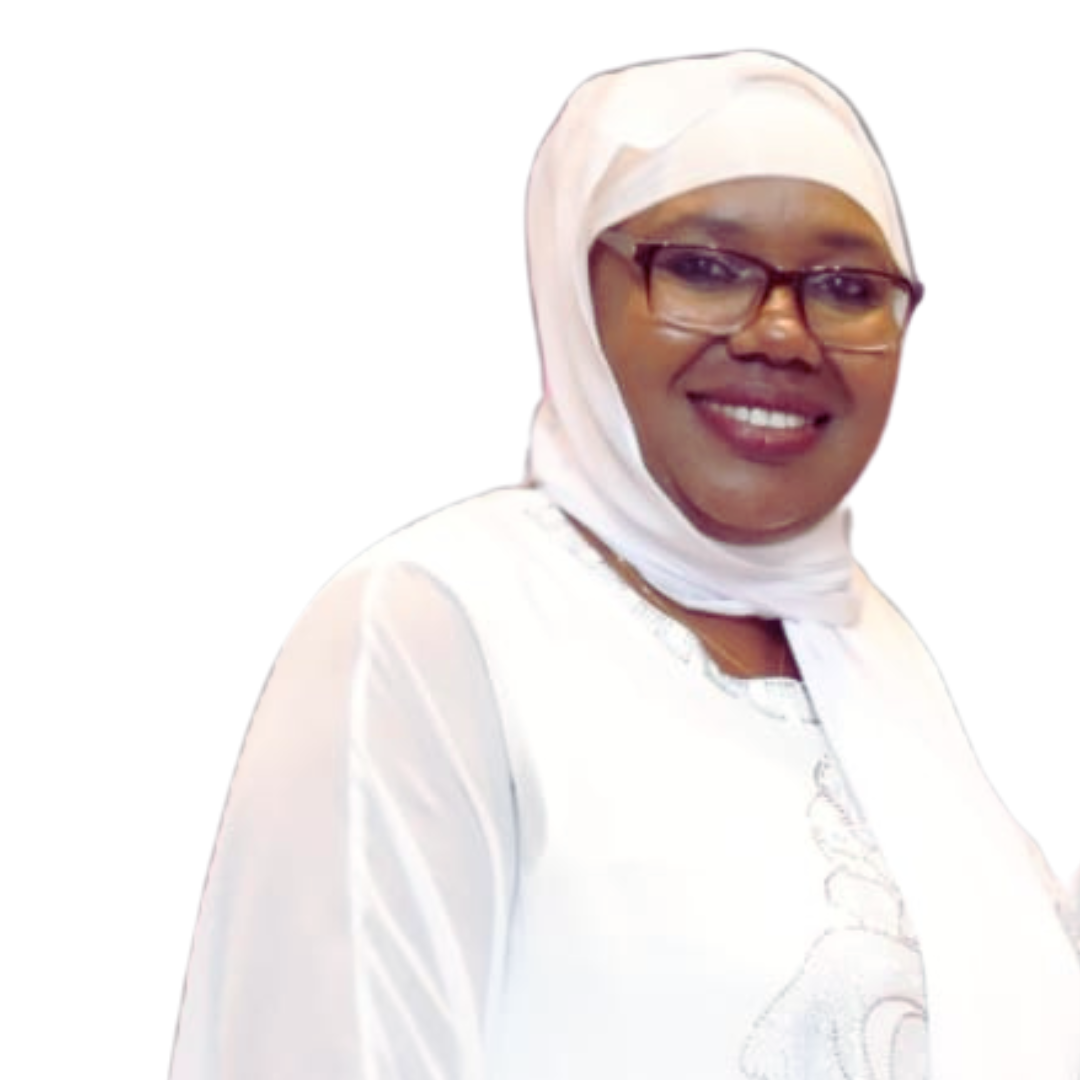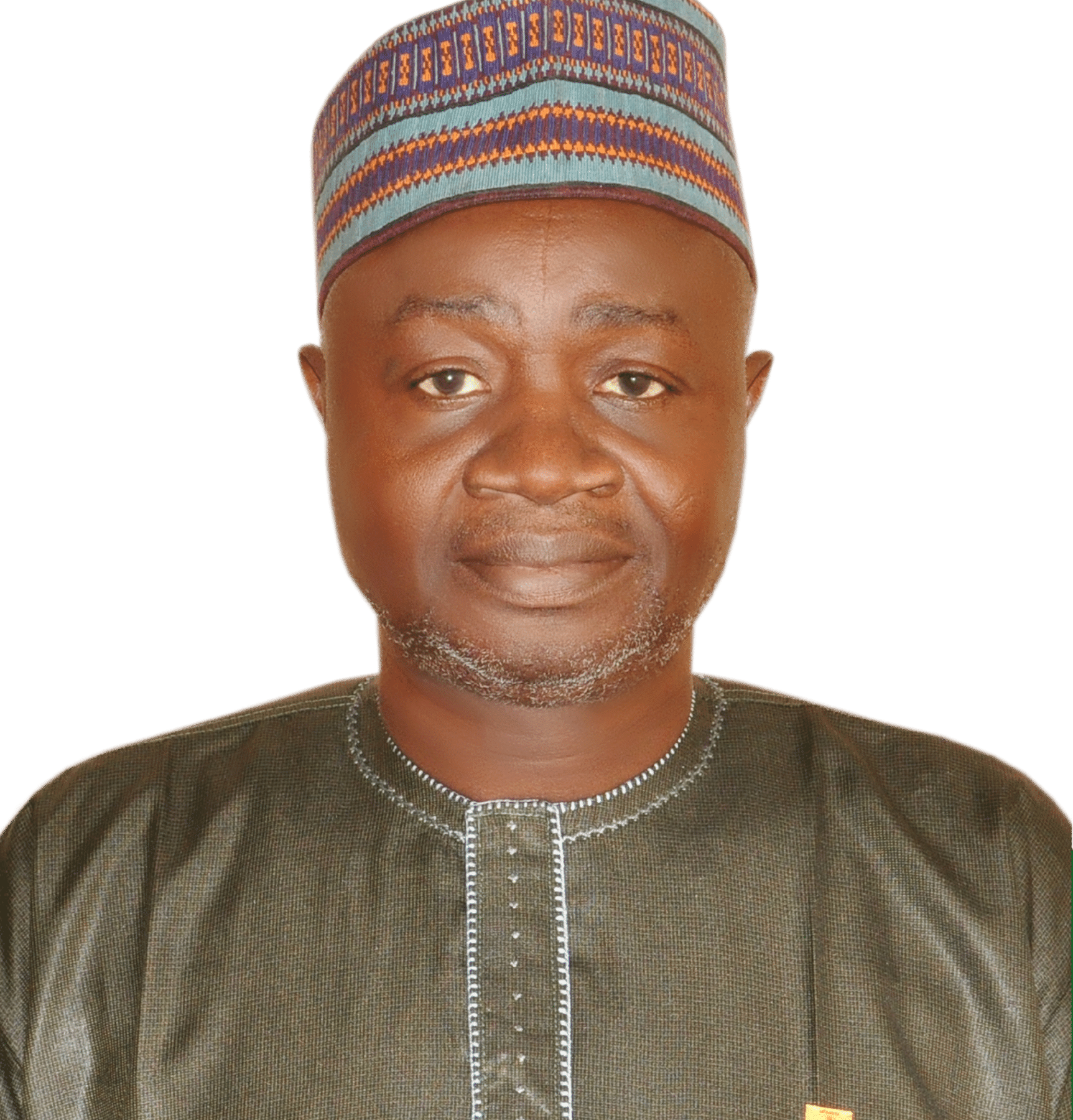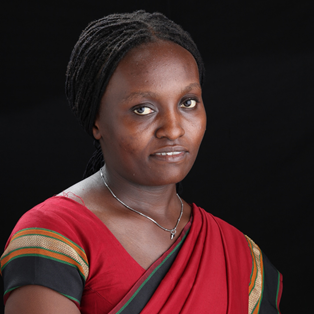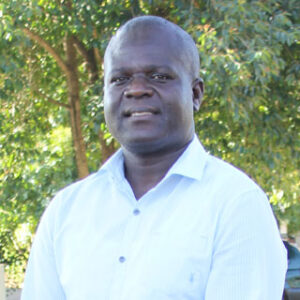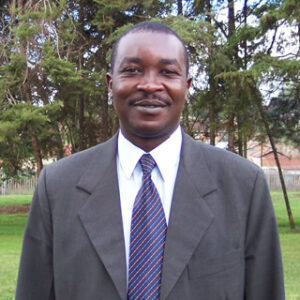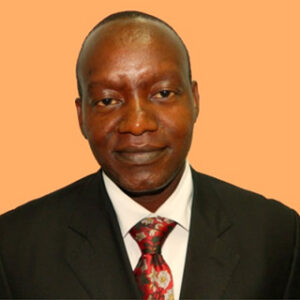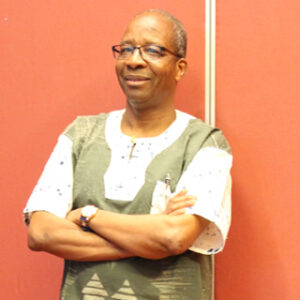Rice sufficiency has been one of the cardinal targets of the present government and successive governments, where billions of Naira had been injected into buying rice seeds and inputs. Rice is one of the key staple foods in Nigeria and Africa generally. Families in Nigeria ensure they eat rice during festive periods; some families process the rice into different types of delicacies.
Unfortunately, the production of this staple crop has suffered serious setbacks due to some climatic conditions which include drought, low nitrogen in the soil and high saline soil. These challenges had either made rice farmers abandon their farms or use the farms for other activities which may not include farming.
Nitrogen which is a necessary nutrient element for plants is also very important for photosynthesis, growth and development, yield, quality and biomass of rice. Nitrogen is also a component of amino acid in protein and an important component of chlorophyll in photosynthesis, and it exists in various organs of plants.
With too little nitrogen, plants cannot thrive, thereby leading to low crop yields, plants that do not have enough nitrogen become yellowish which inhibits photosynthetic process and eventual yield loss. Scientists in Africa have developed Nitrogen Efficient Water Efficient Salt Tolerant (NEWEST) rice variety to increase rice production in Africa.
This rice variety also called Nitrogen Use Efficient (NUE12) allows the plant to make use of marginal nitrogen in the soil, resist drought and withstand salty soil. It has undergone confined field trials at the National Cereal Research Institute, Badeggi, Niger State and a dossier is being prepared to be sent to National Biosafety Management Agency (NBMA) for permission for a National Performance Trial.
The project is being carried out by NCRI but coordinated and supported African Agricultural Technology Foundation (AATF), Agricultural Research Council of Nigeria (ARCN) with funding from USAID.
The Principal Investigator for NEWEST rice project, Dr Mohammed Bashir said currently, the project is focusing on Nitrogen Use Efficiency, which is currently undergoing efficacy trial.
The Rice Project Manager for AATF, Dr Kayode Sanni said the reason why scientists embarked on the NEWEST rice project was because conventional rice varieties in the country have low yield per hectare due to its inability to maximise the little nitrogen in the soil.
“What we have done is that we have developed rice that can actually grow under low nitrogen and still give a very good yield.
“From the observation and what has been happening in Nigeria, the production of rice has gone up a bit. As at 2015, we were at 3.9 million metric tons, and by 2019,it hit 4.5 million metric tons. “However, we still have a deficit of about 1.2 million metric tons which our production have not been able to meet, and in order to meet that, we have to import.
“The productivity or the yield is low compared to what is obtained globally the average yield is about 2.2 tons per hectare, that does not say there are no area where you have yield up to 5 tons per hectare, but when you take the average across It’s about 2.2 ton compared to the global average yield which is about 4.3 tons per hectare”, he said.
Dr Sanni therefore, said though the land area for rice has increased but there is a need for increase in the yield so that farmers will have better yield on their farm, and it has to be done using technology.
“One of the technologies that we have seen, that can help to improve the usage of the nutrients in the soil, which happens to be one of the biggest challenges, that is we need fertilizer. And what caused that is that every year there is depletion in the soil.
“In Africa, it has been observed that the nitrogen resource deplete by about 4.4 metric tons per year, so there is a need to supplement that.
“And one of the ways to sustainably produce this crop is to have crops that can make the best of every little nitrogen that is available in the soil, and that is what we are doing. We have to also be conversant with the fact that the excess use of fertilizer lead to greenhouse gas emission, which lead to the release of nitrogen oxide into the environment, which lead to environmental pollution. So the reduction of the quantity of fertilizer that the crop is needed help us to become environmental friendly even as we produce our rice.
“What this crop will do for our farmers is that it will serve as security for them, and so that when they plant in a land that has no nitrogen, or in a land where they are unable to have access to fertilizer on time, their crop will still give them something that can make them to maintain their livelihood.
The Executive Director of NCRI, Dr Aliyu Umar said that the project will contribute massively to the economic growth of Nigeria while addressing certain important issues of environmental safety due to appropriate nitrogen fertilizer use.
“We hold this project on a high premium because of the numerous advantages accruing from it, and we know that most of the farmers are poor and they are not able to meet up the cost of the inputs.
“This project will greatly enhance the rice revolution which is taking place currently in the country”, he said
The Principal Investigator, Dr Bashir further stated that the project would be improved on in the future, because the parent New Rice for Africa 4 (NERICA 4) is an upland material and there is need for further improvement of the crop.
“We will try to improve on this new rice variety in the future because presently, the recurrent parent was upland material which is NERICA 4.
“It was NERICA 4 that was transformed adding these traits. Presently out of the three traits, the one we are moving on with now is Nitrogen Use Efficiency, we have set aside the water use efficiency and salt tolerant because we just want to finish up with this first product before we continue with the other two traits. So, the background variety was New Rice for Africa 4 that was transformed that is carrying the gene of Nitrogen use efficiency, so we also have non-transformed New Rice for Africa.
“Now you can see that out of the ecologies that we have in Nigeria, the predominantly cultivated ecology is rain-fed low land and irrigated low land that is where the farmers produce rice more. So, where we are having this gene introduction is in New Rice for Africa 4 which is upland, so after we have seen that the gene is there and the performance is good, the yield is stable and has given wide adaptability, we will now go and do further to integrate it from this upland material into lowland.
“This transformed New Rice for Africa 4 was giving us about 15 per cent yield advantage over the existing New Rice for Africa 4”, he explained.
This article was written by Collins Nnabuife for the Nigerian Tribune.

